What are the key differences between microstrip patch antennas and slot antennas in planar design?
Modern wireless communication systems demand increasingly sophisticated antenna solutions that can deliver reliable performance while maintaining compact form factors. Understanding the fundamental differences between microstrip patch antennas and slot antennas in planar design is crucial for engineers and procurement specialists seeking optimal antenna solutions for their applications. Both antenna types represent cornerstone technologies in planar antenna design, each offering distinct advantages and characteristics that make them suitable for different operational requirements. The selection between these two technologies often determines the overall system performance, integration complexity, and cost-effectiveness of the final solution.
Physical Structure and Design Fundamentals
Microstrip Patch Antenna Construction and Geometry
Microstrip patch antennas represent one of the most widely adopted planar antenna configurations in modern RF systems. The fundamental structure consists of a radiating metallic patch mounted on a grounded dielectric substrate, creating a resonant cavity that enables electromagnetic radiation. The patch geometry can take various forms, including rectangular, circular, triangular, or more complex shapes depending on the specific application requirements. The dielectric substrate material significantly influences the antenna's performance characteristics, with common materials including Rogers RT/duroid, FR-4, and ceramic-filled PTFE composites. The thickness of the substrate directly affects the antenna's bandwidth, with thicker substrates generally providing wider operational bandwidths at the expense of increased size and weight. Advanced Microwave Technologies' planar antenna solutions leverage high-quality, durable materials to ensure optimal performance across demanding applications, incorporating precision manufacturing techniques that maintain tight dimensional tolerances essential for consistent RF performance.
Slot Antenna Physical Architecture
Slot antennas present a fundamentally different approach to planar antenna design, utilizing apertures or slots cut into a conducting ground plane to create electromagnetic radiation. The slot dimensions, typically half-wavelength long and narrow in width, determine the antenna's resonant frequency and radiation characteristics. Unlike patch antennas that radiate from metallic elements, slot antennas operate on the principle of magnetic current distribution along the slot aperture. The surrounding ground plane serves dual purposes as both a reflector and structural element, enabling integration into larger metallic surfaces such as aircraft fuselages or vehicle panels. The feed mechanism for slot antennas often involves microstrip lines, coaxial probes, or waveguide coupling, with each method offering different advantages in terms of impedance matching and bandwidth performance. The planar antenna architecture of slot designs makes them particularly attractive for applications requiring conformal installation or stealth characteristics.
Comparative Structural Analysis
The structural differences between microstrip patch and slot antennas in planar design configurations create distinct implications for system integration and manufacturing considerations. Patch antennas require careful attention to substrate selection and thickness optimization, while slot antennas demand precise aperture machining and edge treatment to minimize current disruption. Manufacturing tolerances play critical roles in both designs, with patch antennas being more sensitive to substrate variations and slot antennas requiring accurate aperture dimensions. The planar antenna format of both technologies enables low-profile installations, though patch antennas typically offer greater flexibility in substrate choice and multilayer implementations. Integration complexity varies significantly, with patch antennas often requiring dedicated ground planes and substrate layers, while slot antennas can utilize existing metallic structures as integral antenna elements. Advanced manufacturing techniques employed by leading manufacturers ensure consistent performance across production runs, maintaining the tight specifications required for reliable RF operation.
Electromagnetic Performance Characteristics
Radiation Pattern and Directivity Comparison
The electromagnetic radiation characteristics of microstrip patch and slot antennas in planar design exhibit fundamental differences that directly impact their suitability for various applications. Microstrip patch antennas typically produce broadside radiation patterns with moderate directivity, making them ideal for applications requiring focused beam coverage in specific directions. The radiation pattern shape can be modified through patch geometry optimization, with rectangular patches offering different E-plane and H-plane beamwidths compared to circular configurations. Slot antennas generate complementary radiation patterns to their patch counterparts, often exhibiting broader beamwidths and different polarization characteristics. The ground plane size significantly influences slot antenna radiation patterns, with larger ground planes providing more directional characteristics. Advanced Microwave's planar antenna designs optimize these radiation characteristics to meet specific application requirements, ensuring optimal coverage patterns for satellite communications, radar systems, and navigation applications where precise beam control is essential.
Bandwidth and Frequency Response Analysis
Bandwidth performance represents a critical differentiator between microstrip patch and slot antennas in planar antenna applications. Traditional patch antennas typically exhibit narrow bandwidth characteristics, often limited to 2-5% of the center frequency for single-layer designs. However, advanced techniques such as stacked patches, parasitic elements, and substrate optimization can significantly enhance bandwidth performance. Slot antennas generally offer broader bandwidth characteristics, particularly when properly matched and optimized for specific frequency ranges. The bandwidth enhancement techniques for planar antenna designs include aperture coupling, proximity feeding, and multi-resonant structures. Advanced Microwave Technologies' planar spiral antenna solutions demonstrate exceptional wideband performance, operating effectively from 1 GHz to 40 GHz with low VSWR across the entire range. This broadband capability makes them particularly suitable for applications requiring operation across multiple frequency bands or systems with frequency agility requirements.
Polarization Characteristics and Control
Polarization control in planar antenna designs offers significant advantages for various communication and radar applications. Microstrip patch antennas can be designed for linear polarization by appropriate feed positioning, with circular polarization achievable through dual-feed configurations or modified patch geometries. The polarization purity and axial ratio performance depend heavily on manufacturing precision and feed network design. Slot antennas naturally support both linear and circular polarization, with the polarization characteristics determined by slot orientation and feed configuration. Circular polarization in slot antennas can be achieved through crossed-slot configurations or helical feed networks. Advanced Microwave's planar antenna solutions incorporate circular polarization capabilities ideal for satellite communication applications where multi-path interference reduction is crucial. The polarization characteristics directly impact system performance in challenging propagation environments, making proper polarization design essential for reliable communication links.
Application-Specific Advantages and Limitations
Integration and Manufacturing Considerations
The practical implementation of microstrip patch and slot antennas in planar design configurations involves distinct manufacturing and integration challenges that influence cost and complexity. Microstrip patch antennas require precise substrate bonding, metallization processes, and via formation for multilayer designs. The manufacturing yield and consistency depend heavily on process control and material quality, with substrate variations directly impacting electrical performance. Quality control measures must address dimensional accuracy, surface roughness, and metallization thickness to ensure consistent RF characteristics. Slot antennas present different manufacturing challenges, primarily related to aperture machining accuracy and edge quality. The integration of slot antennas into existing metallic structures can simplify system design but requires careful consideration of structural impacts and electromagnetic interactions. Advanced Microwave Technologies maintains strict quality control throughout the manufacturing process, with ISO:9001:2008 certification and RoHS compliance ensuring consistent product quality and environmental responsibility across all planar antenna products.
Performance in Challenging Environments
Environmental resilience and performance stability represent critical factors in planar antenna selection for demanding applications. Microstrip patch antennas exhibit sensitivity to moisture ingress, temperature variations, and mechanical stress, requiring appropriate protective measures and hermetic sealing for harsh environment applications. The dielectric substrate properties can change with temperature and humidity, potentially affecting antenna performance over extended operational periods. Slot antennas typically demonstrate superior environmental stability due to their metallic construction and reduced reliance on dielectric materials. However, slot antennas can be susceptible to debris accumulation and require appropriate protective measures for outdoor installations. Advanced Microwave's planar antenna designs incorporate high-quality materials and robust construction techniques to withstand harsh environments common in aerospace, defense, and military applications. The durability and reliability of planar antenna systems become particularly important in remote or inaccessible installations where maintenance opportunities are limited.
Cost-Effectiveness and Scalability Analysis
Economic considerations play increasingly important roles in planar antenna selection, with both initial costs and lifecycle expenses requiring careful evaluation. Microstrip patch antennas generally offer lower initial manufacturing costs for simple designs, with cost escalation occurring for complex multilayer or wideband configurations. The substrate materials represent significant cost drivers, particularly for high-performance dielectric materials required for demanding applications. Manufacturing scalability varies with design complexity, with simple patch antennas offering excellent production scalability while complex arrays require more sophisticated manufacturing processes. Slot antennas often present higher initial tooling costs due to precision machining requirements but can offer lower unit costs for high-volume applications. The integration advantages of slot antennas can reduce overall system costs by eliminating separate mounting structures and simplifying installation procedures. Advanced Microwave Technologies leverages efficient manufacturing processes and global supply chain management to provide cost-effective planar antenna solutions with competitive pricing and reliable delivery schedules for both prototype and production quantities.
Conclusion
The selection between microstrip patch and slot antennas in planar design ultimately depends on specific application requirements, performance priorities, and integration constraints. Microstrip patch antennas excel in applications requiring moderate bandwidth, controlled radiation patterns, and cost-effective manufacturing, while slot antennas offer superior environmental resilience, broader bandwidth capabilities, and structural integration advantages. Advanced Microwave Technologies' comprehensive planar antenna solutions address diverse application needs through innovative design approaches and manufacturing excellence.
Ready to optimize your antenna solution for maximum performance and reliability? Advanced Microwave Technologies Co., Ltd. brings over 20 years of expertise in microwave products with perfect supply chain systems, rich production experience, and professional technical R&D teams. Our laboratories equipped with advanced measurement equipment up to 110 GHz ensure precise characterization and quality assurance. Whether you're a multinational corporation or R&D-driven enterprise, our OEM services provide customized solutions with quick turnaround times, technical support, and competitive pricing. Our core services encompass integrated production and R&D with global export capabilities, backed by ISO:9001:2008 certification and RoHS compliance. Contact our expert team today at craig@admicrowave.com to discuss your specific planar antenna requirements and discover how our advanced solutions can enhance your next project.
References
1. Balanis, C.A. "Antenna Theory: Analysis and Design," Fourth Edition, John Wiley & Sons, 2016.
2. Kumar, G. and Ray, K.P. "Broadband Microstrip Antennas," Artech House Antennas and Propagation Library, 2003.
3. Pozar, D.M. "Microwave Engineering," Fourth Edition, John Wiley & Sons, 2012.
4. Stutzman, W.L. and Thiele, G.A. "Antenna Theory and Design," Third Edition, John Wiley & Sons, 2012.
5. Wong, K.L. "Compact and Broadband Microstrip Antennas," John Wiley & Sons, 2002.
6. James, J.R. and Hall, P.S. "Handbook of Microstrip Antennas," Institution of Engineering and Technology, 1989.
YOU MAY LIKE
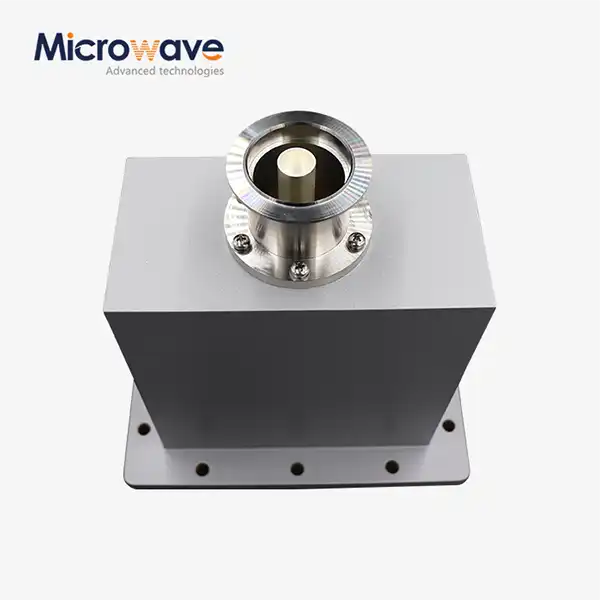 VIEW MOREEnd Launch Waveguide to Coaxial Adapter
VIEW MOREEnd Launch Waveguide to Coaxial Adapter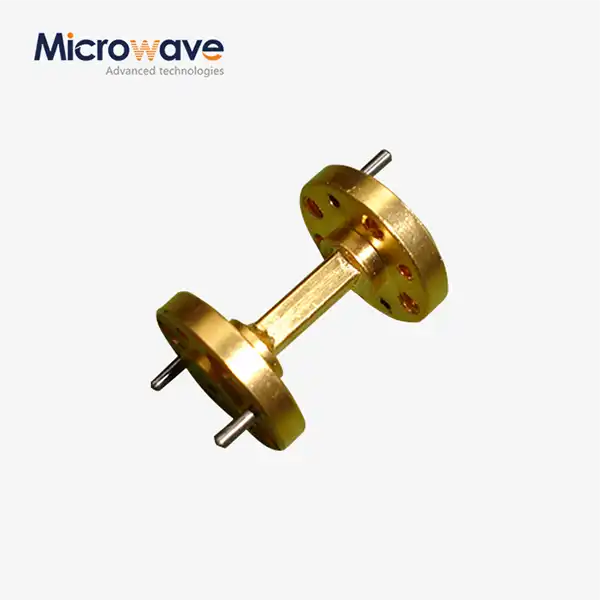 VIEW MORECircular Straight Waveguide
VIEW MORECircular Straight Waveguide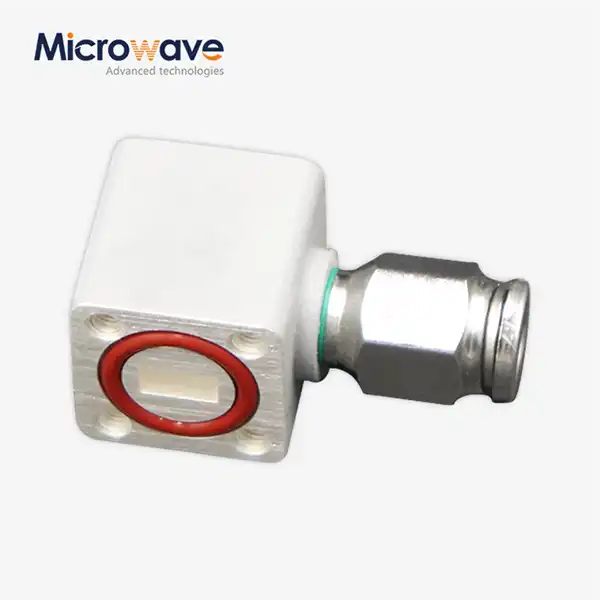 VIEW MOREInflatable Straight Waveguide
VIEW MOREInflatable Straight Waveguide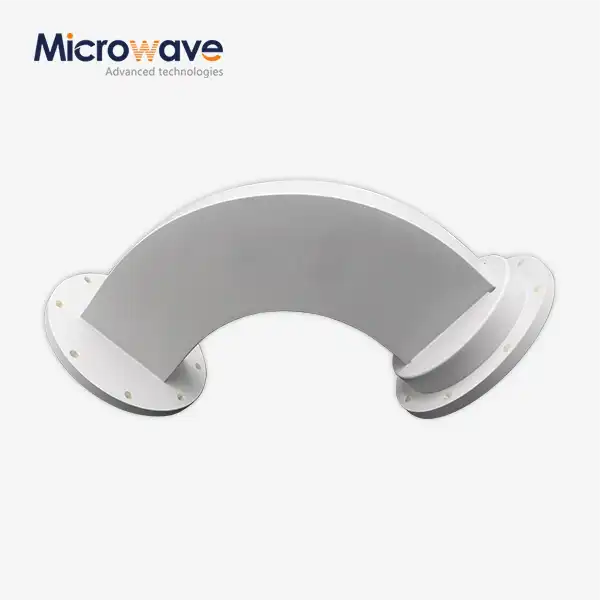 VIEW MOREWaveguide H Bend
VIEW MOREWaveguide H Bend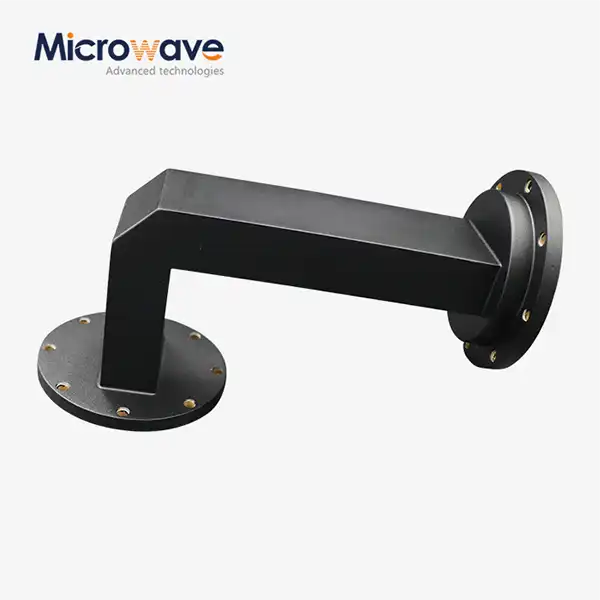 VIEW MOREWaveguide Miter Bend
VIEW MOREWaveguide Miter Bend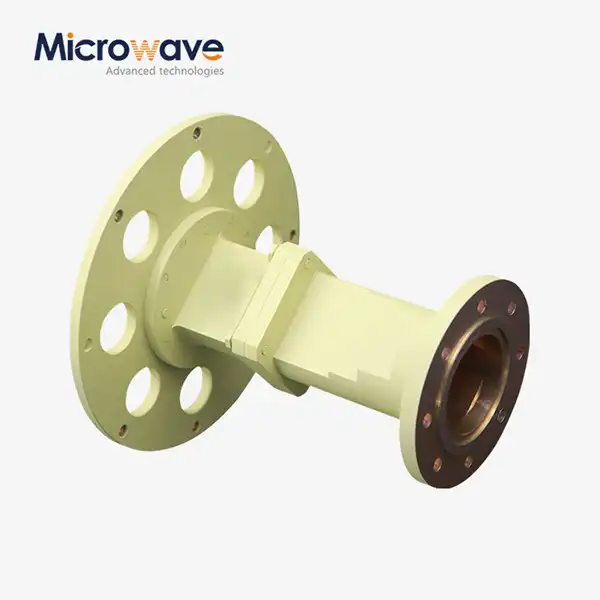 VIEW MORECircular Waveguide Transition
VIEW MORECircular Waveguide Transition VIEW MORERight Angle Waveguide To Coaxial Adapter
VIEW MORERight Angle Waveguide To Coaxial Adapter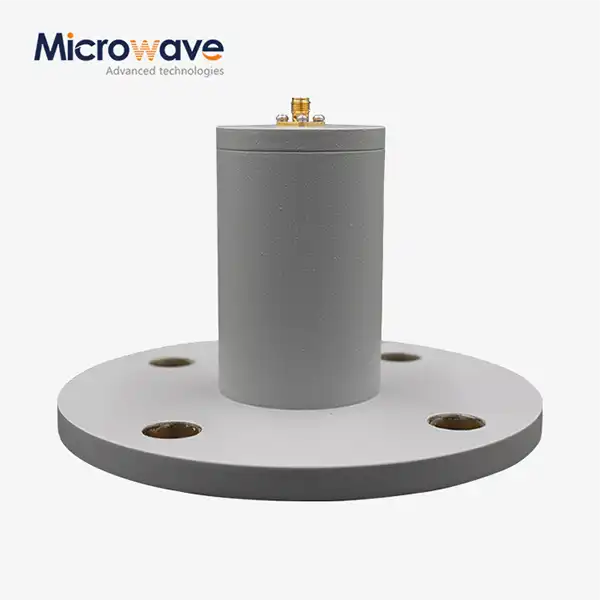 VIEW MORECircular Waveguide To Coaxial Adapter
VIEW MORECircular Waveguide To Coaxial Adapter




